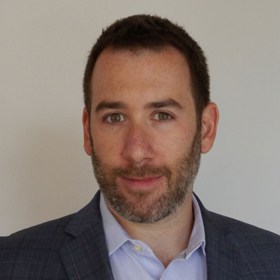Jan 3
2023
Can Public Health Really Be Consumer Friendly?

By Brian Yarnell, president and co-founder, Bluestream Health.
I’m a grown man who’s afraid of needles. Yes, that’s an inconvenient fear in the time of vaccines and booster shots. This irrational dread plagued me when I scheduled my Covid vaccine. I hoped to at least book an appointment at a pleasant urgent-care clinic that would soothe my nerves. Or perhaps a modern retail pharmacy that offered easy online scheduling.
But the only appointment I could get was at NYC Health+Hospital’s Coney Island Hospital in New York.
I didn’t expect much. It’s public health, after all. So, when I walked into the hospital, anticipating dingy hallways staffed by soulless zombies, I was shocked to be greeted by friendly and helpful staff who admitted me—right on time—to a modern and clean facility. The nurse administering my vaccine couldn’t have been more supportive.
I walked away a changed man—slightly less afraid of needles, and with a different perspective on public health. Somehow, the largest public health provider in the country managed to capture my initial visit and create a customer for life. How? This public health organization had started viewing patients as consumers, much like its private, national counterparts.
It made me think: If NYC Health+Hospitals can do it, surely more public health providers can make their patient experience positively pleasant, just like large, well-funded private systems have been doing for a while.
The key: treating patients as consumers who have a choice in where they receive their care.
COVID has certainly turned patients into savvy telehealth consumers.
The mantra of the American consumer has always been, “I know what I want, and I want it now.” We apply this to everything from clothes to cars to computers. But healthcare, especially virtual care? Not so much. Prior to Covid-19, however, most consumers didn’t even know immediate, remote access to healthcare was an option. They simply accepted clunky EHR portals, long wait times and in-person visits where virtual would suffice.